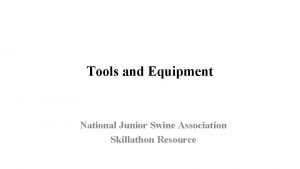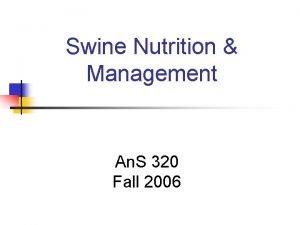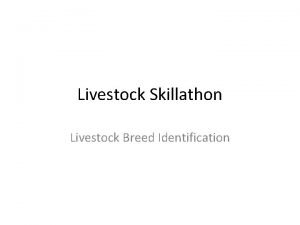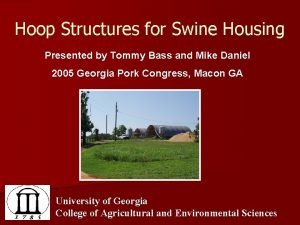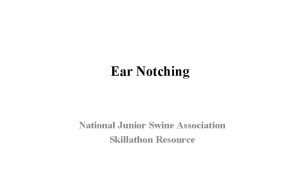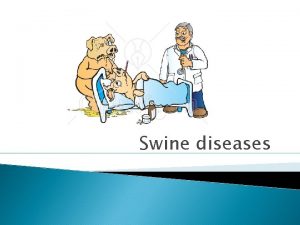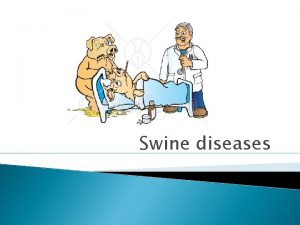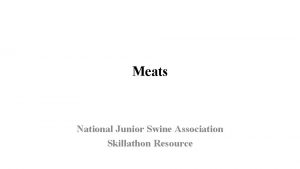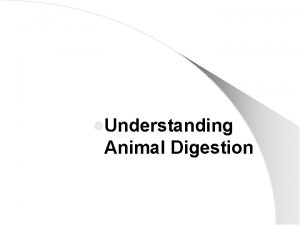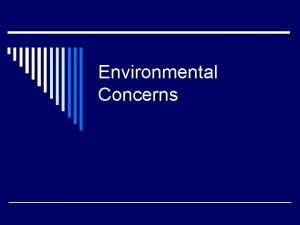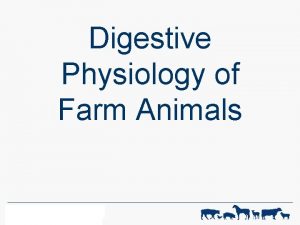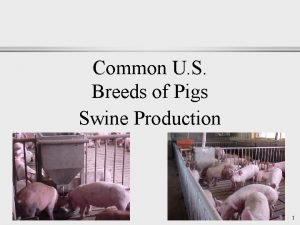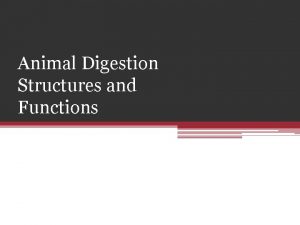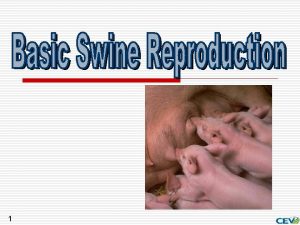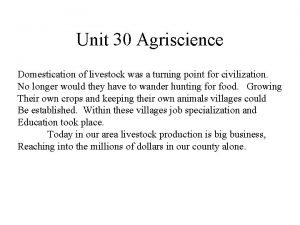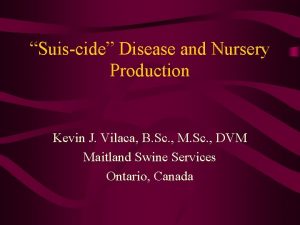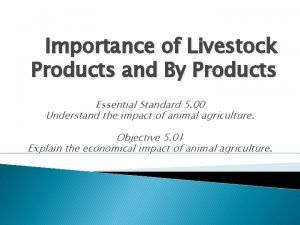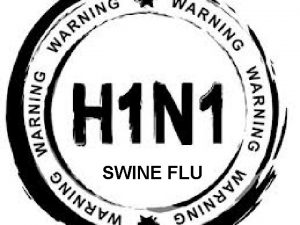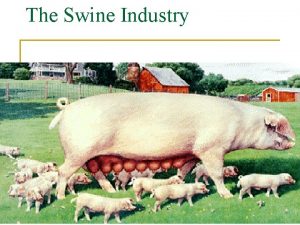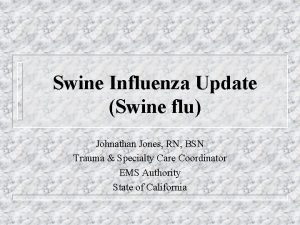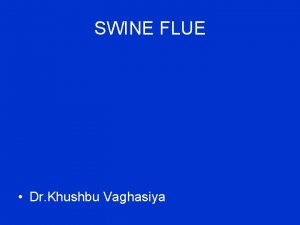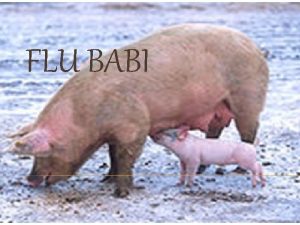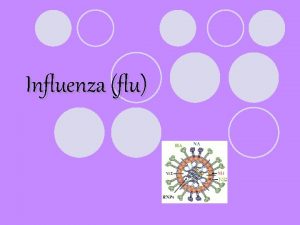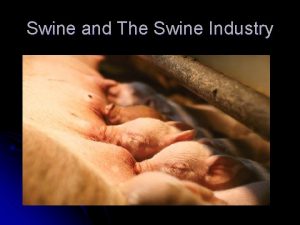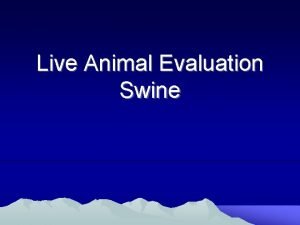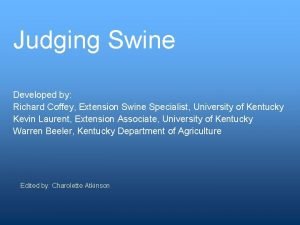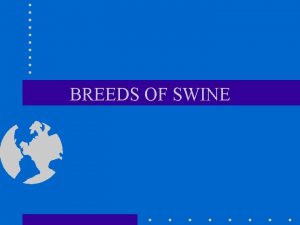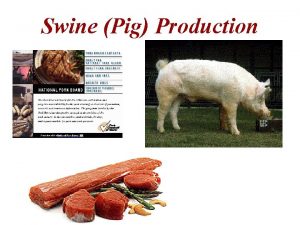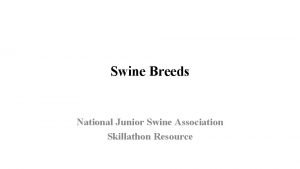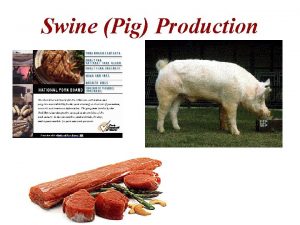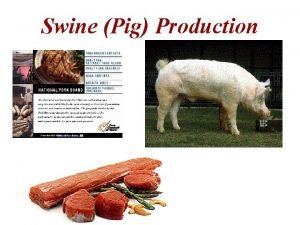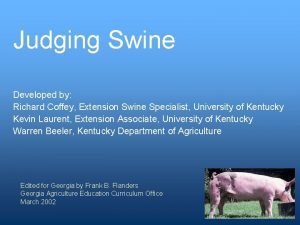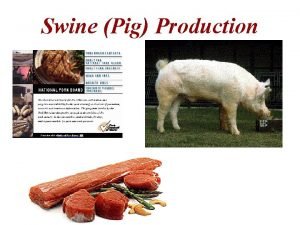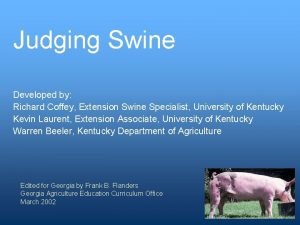H 1 N 1 Flu Swine Flu and



























- Slides: 27




H 1 N 1 Flu (Swine Flu) and You Prof. Dr. Mohammad El-Sayed El-Desoky Professor & Head of Chest Medicine, Mansoura University

Flu Terms Defined H 1 N 1 Influenza (H 1 N 1 flu) is a respiratory disease of pigs caused by type A influenza viruses that causes regular outbreaks in pigs. People do not normally get swine flu, but human infections can and do happen Bird flu is commonly used to refer to Avian flu. Bird flu viruses infect birds, including chickens, other poultry and wild birds such as ducks. Avian flu (AI) is caused by influenza viruses (H 5 N 1).

Flu Terms Defined Pandemic flu is virulent human flu that causes a global outbreak, or pandemic, of serious illness. Because there is little natural immunity, the disease can spread easily from person to person. Currently, there is no pandemic flu. Seasonal (or common) flu is a respiratory illness that can be transmitted person to person. Most people have some immunity, and a vaccine is available.

Case definition A confirmed case of swine origin influenza virus (S-OIV) infection is defined as a person with an acute febrile respiratory illness with laboratory confirmed S-OIV infection at CDC by one or more of the following tests - Real–time RT-PCR - Viral culture

Case definition Suspected case is a person with an acute febrile respiratory illness who - Have had close contact with a person who is a swineorigin influenza confirmed case or - Traveled to a community in USA or internationally where there are one or more confirmed swine-origin influenza cases or - Reside in a community where there are one or more confirmed swine-origin influenza A(H 1 N 1) cases

What is H 1 N 1 (swine flu)? • H 1 N 1 (referred to as “swine flu” early on) is a new influenza virus causing illness in people. • First detected in people in April 2009 in the U S. • Other countries. • This virus is spreading from person-to-person

Why called “swine flu”? • Genes in this new virus were very similar to influenza viruses that normally occur in pigs in North America. • But further study has shown that this new virus is very different from what normally circulates in North American pigs. • It has two genes from flu viruses that normally circulate in pigs in Europe and Asia and avian genes and human genes. Scientists call this a “quadruple reassortant” virus.

Are there human infections with this H 1 N 1 virus in the U. S. ? • Yes Cases of human infection with this H 1 N 1 influenza virus were first confirmed in the U. S. in Southern California and near Guadalupe County, Texas. The outbreak intensified rapidly from that time and more states have been reporting cases of illness from this virus.

Is this new H 1 N 1 virus contagious? • CDC has determined that this new H 1 N 1 virus is contagious and is spreading from human to human. However, at this time, it is not known how easily the virus spreads between people.

What are the signs and symptoms of this virus in people? • Fever, cough, sore throat, body aches, headache, chills and fatigue • Diarrhea and vomiting. • Death

How does this new H 1 N 1 virus spread? • Spread of this H 1 N 1 virus is thought to be happening in the same way that seasonal flu spreads. Flu viruses are spread mainly from person to person through coughing or sneezing by people with influenza. Sometimes people may become infected by touching something with flu viruses on it and then touching their mouth or nose.

Can I get infected with this new H 1 N 1 virus from eating or preparing pork ? • No. H 1 N 1 viruses are not spread by food. You cannot get this new H 1 N 1 virus from eating pork or pork products. Eating properly handled and cooked pork products is safe.


How long can an infected person spread this virus to others ? • At the current time, CDC believes that this virus has the same properties in terms of spread as seasonal flu viruses. • With seasonal flu, studies have shown that people may be contagious from one day before they develop symptoms to up to 7 days after they get sick. • Children, especially younger children, might potentially be contagious for longer periods.

Infection Control Measures


• In adults, emergency warning signs that need urgent medical attention include : • Difficulty breathing or shortness breath • Pain or pressure in the chest abdomen • Sudden dizziness • Confusion • Severe or persistent vomiting of or

Complications Mild upper respiratory illness( Sinusitis, Otitis media, Croup) Lower respiratory tract illness (Pneumonia, Bronchiolitis, Status asthmaticus Cardiac ( Myocarditis , Pericarditis) Muscloskeletal (Myositis, Rhabdomyolysis)

Complications Neurologic( Acute and post-infectious encephalopathy, Encephalitis, Febrile siezures, Status epilepticus) Toxic shock syndrome, and secondary bacterial pneumonia with or without sepsis. Dehydration Exacerbation of underlying chronic medical conditions Death


High risk groups for seasonal influenza complications Children less than 5 years old Persons aged 50 years or older Children and adolescents (aged 6 m – 18 yr) who are receiving long-term aspirin therapy and who might be at risk for experiencing Reye syndrome after influenza virus infection

High risk groups for seasonal influenza complications Pregnant women Chronic diseases Immunosuppression Residence of nursing homes and other chroniccare facilities.


 Anatomy and physiology of swine
Anatomy and physiology of swine Tools and equipment in swine production
Tools and equipment in swine production Integumentary system fetal pig
Integumentary system fetal pig Swine nutrition management
Swine nutrition management Ear notching diagram
Ear notching diagram Swine selection
Swine selection Livestock breed identification swine - assessment
Livestock breed identification swine - assessment Hoop structures for swine
Hoop structures for swine Dissection kit near me
Dissection kit near me Pig notching worksheet
Pig notching worksheet Swine dysentery
Swine dysentery Swine dysentery
Swine dysentery Stag swine
Stag swine Muscular system of swine
Muscular system of swine Wholesale cuts of pork diagram
Wholesale cuts of pork diagram Swine digestive system
Swine digestive system Objectives of swine production
Objectives of swine production Pig digestive system diagram
Pig digestive system diagram Common breeds of swine
Common breeds of swine Swine digestive system
Swine digestive system Swine dummy sows
Swine dummy sows Objectives of swine production
Objectives of swine production Livestock breed identification swine - vocabulary
Livestock breed identification swine - vocabulary Define todays
Define todays Parts of a swine
Parts of a swine Suiscide hotline
Suiscide hotline Swine production introduction
Swine production introduction Livestock breed identification swine - vocabulary
Livestock breed identification swine - vocabulary

